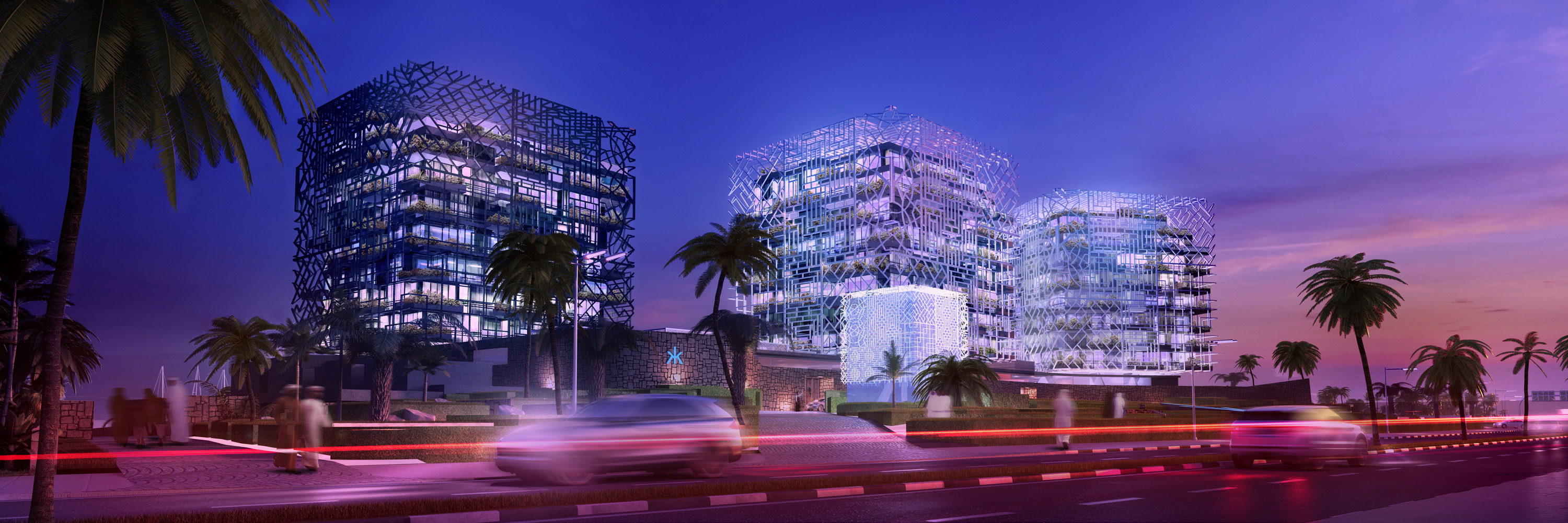
Will AI put us out of work?
The world of architecture is constantly evolving and advancing with new technologies, and one of the most exciting developments in recent years has been the use of artificial intelligence (AI) in architectural design. AI has the potential to revolutionise the way architects design and create buildings; enabling architects to improve the efficiency, accuracy, and sustainability of their designs. However there are both highs and lows to this technology.
One of the major concerns with AI in architectural design is that it may lead to a homogenisation of architectural styles. AI algorithms tend to favour certain design patterns and solutions based on data and past experiences, which could result in a loss of diversity and innovation in architectural design. This is particularly concerning as architecture plays a critical role in shaping the culture and identity of communities.
Another potential downside, there is a risk that the use of AI in architectural design may lead to a lack of creativity and critical thinking skills. If architects become too reliant on AI-generated designs, they may miss out on the essential hands-on experience and problem-solving skills that are crucial to the profession. This could result in architects who lack the creativity and intuition to design buildings that truly resonate with their clients and communities.
Finally, there is a risk that the increasing use of AI in architectural design could lead to the loss of jobs for architects and other design professionals. As AI becomes more sophisticated, it may be able to perform many of the tasks traditionally performed by architects, such as generating design options and conducting simulations. This could result in a significant reduction in the need for human labor in the field of architecture.


Despite these potential downsides, however, there are many positives to the use of AI in architectural design. For example, AI can provide architects with access to a wealth of information and data that was previously unavailable, enabling them to explore more design options and learn about different materials and site conditions.
Moreover, AI can enable architects to generate designs that are more sustainable and efficient, reducing the carbon footprint of buildings and making them more environmentally friendly. This is crucial in the face of the growing threat of climate change, which is driving the need for more sustainable and eco-friendly building design.
AI can also help architects to streamline their design process, saving time and increasing efficiency. By automating repetitive tasks and generating design options based on data, AI can free up architects' time to focus on more creative and high-level design decisions. This allows architects to work more efficiently and effectively, reducing project timelines and costs.
AI will continue to play an increasingly important role in architectural design. As this incredibly exciting technology advances, architects will need to adapt and learn how to effectively integrate AI into their workflow. The key will be to strike a balance between the efficiency and innovation that AI offers, and the creativity and humanity that are essential to great architecture.
